Digitising Country Life's 125 years of history
A hugely ambitious initiative to digitise the contents of the Country Life photographic archive during the magazine's 125th anniversary year promises to make its riches properly accessible to everyone for the first time. John Goodall explains more.
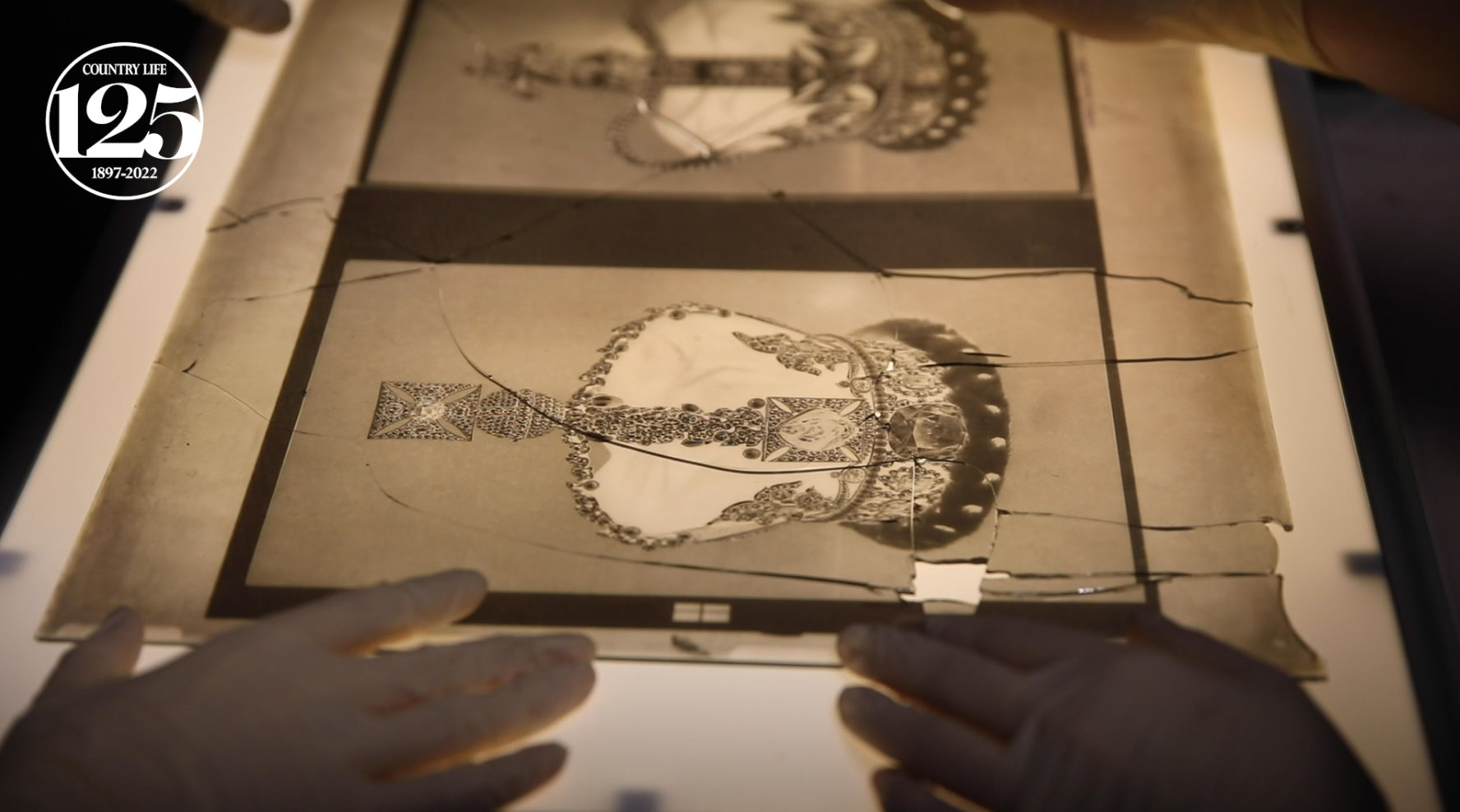

For the first three and a half years of its existence, until June 29, 1901, Country Life magazine was called Country Life Illustrated. The name underlined its most innovative feature: the inclusion of large-scale and high quality photographs within the running text of the magazine. In achieving this remarkable combination it was then at the vanguard of printing technology.
Other magazines and newspapers were quick to catch up, but of all the publications available today in a British newsagent, Country Life can claim to be the first to have undertaken this revolution in photographic illustration. It remains the only 'glossy' weekly in the world.
As a consequence of its high-quality illustration, the magazine has never ceased to commission its own photography. This has been delivered week after week for the past 125 years in a bewildering variety of formats including glass plate negatives, large format acetates, 35mm slides and, for the past fifteen years or so, as digital files.
The images cover every imaginable subject, from pictures of buildings, gardens and the countryside, to social events and people. Many of these photographs have appeared in the pages of the magazine but, equally, others have never seen the light of day since they were received and the art desk set them aside for some long-forgotten reason.
Organising the archive has always been — and remains — a major challenge, not least because there is a big demand for the re-use of images, both within the magazine and beyond. Finding images, however, has always required dedicated and specialist oversight.
With the closure of the Country Life office the decision was taken this summer to digitise this enormous body of material. It was collected in multiple vanloads by the specialist archive digitisation company Genus, based at Nuneaton, and this important project is now well underway.
The sheer scale of the undertaking is remarkable. Not every image published in the magazine was kept and not every image received was published, so even estimating their number is difficult. There are, however, at least 130,000 pictures both in colour and black-and-white on film (and more in digital format).
Sign up for the Country Life Newsletter
Exquisite houses, the beauty of Nature, and how to get the most from your life, straight to your inbox.
Each one has to be laid on a lightbox and individually photographed to create two digital files, a stable TIFF file for storage and a JPEG file for use. Negative images are then digitally reversed into positives and undergo basic correction including cropping. At the time of writing 30,000 images have already been processed in this way. When the imaging is complete, the negatives will be returned and stored.
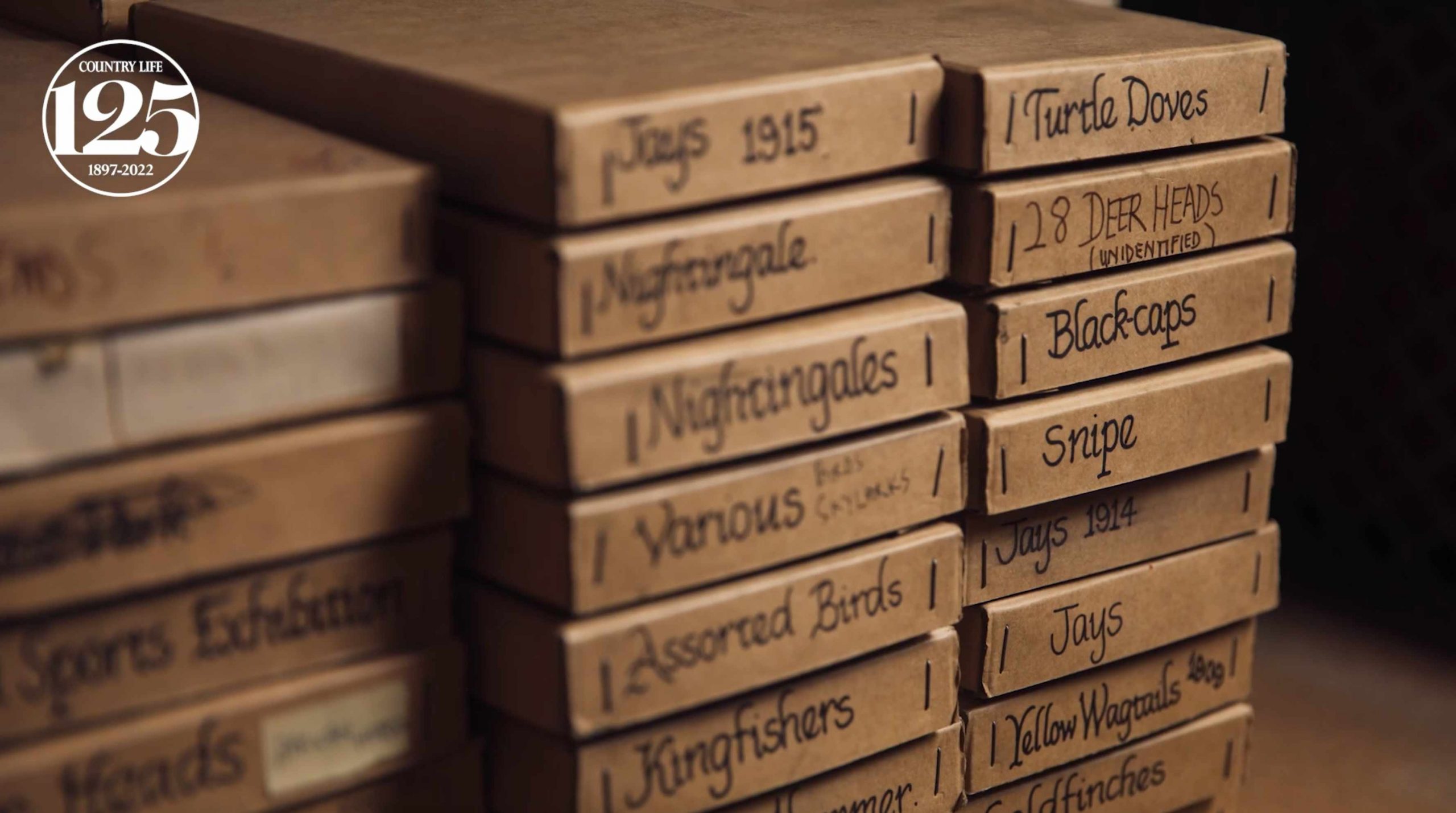
Most of the photography in the archive was taken for the pages of the magazine but there is other material here as well. There are plates for the many books published on the Country Life press, such as The Dictionary English Furniture (1924-7) that was a particular enthusiasm of the magazine's founder, Edward Hudson.
There are also some photographs from sister magazines, notably the The King, which was a short-lived publication in the format of Country Life that focussed on London. In addition, the images delivered so far include a number of photographs of places and people that come as a complete surprise.
Overall the quality and interest of the material is astonishing.
In the next stage of the process each image is being sent to Capture, a company with a team that will caption or 'tag' each of the images with the information that makes it searchable by place and content. Where possible, the captions will include information about photographers — the list of eminent figures who have contributed to the magazine include Frederick Evans, Charles Latham, Arthur Henson, Alex Starkey and Paul Barker — and dates of publication. The ability to date Country Life photographs, indeed, is one of the reasons that the archive is so important.
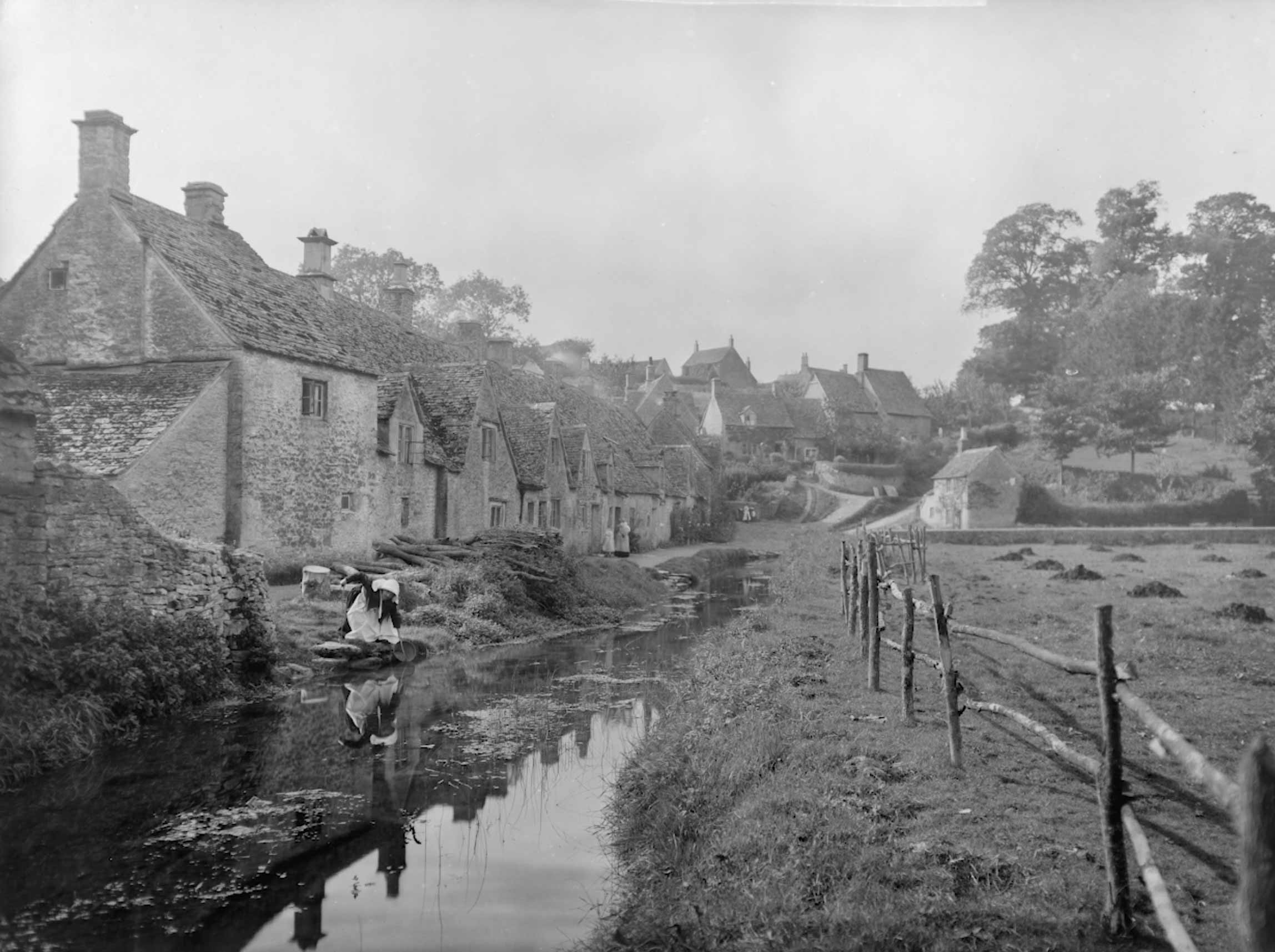
Through the year ahead, at approximately the rate of a decade each month, the photographic archive will be going online. The ultimate intention — though the timetable has yet to be determined — is that the whole archive will be accessible through the Country Life website (as well as on a dedicated Country Life Picture Library page on our parent company's Future Content Hub) for readers and researchers to investigate for themselves. Also, that it can be made available with the full digital run of the printed magazine.
In the process, the hope is that through this digitisation project the full force of the magazine's 125-year history can be delivered behind each week's issue. Also, that its extraordinary riches, which continue to build up each and every week, can be more accessible than ever before.
You can see some of the archive pictures on The Country Life Picture Library page at the Future Content Hub, or email licensing@futurenet.com

John spent his childhood in Kenya, Germany, India and Yorkshire before joining Country Life in 2007, via the University of Durham. Known for his irrepressible love of castles and the Frozen soundtrack, and a laugh that lights up the lives of those around him, John also moonlights as a walking encyclopedia and is the author of several books.
-
 How an app can make you fall in love with nature, with Melissa Harrison
How an app can make you fall in love with nature, with Melissa HarrisonThe novelist, children's author and nature writer Melissa Harrison joins the podcast to talk about her love of the natural world and her new app, Encounter.
By James Fisher
-
 'There is nothing like it on this side of Arcadia': Hampshire's Grange Festival is making radical changes ahead of the 2025 country-house opera season
'There is nothing like it on this side of Arcadia': Hampshire's Grange Festival is making radical changes ahead of the 2025 country-house opera seasonBy Annunciata Elwes
-
 Jungle temples, pet snakes and the most expensive car in the world: Country Life Quiz of the Day, April 14, 2025
Jungle temples, pet snakes and the most expensive car in the world: Country Life Quiz of the Day, April 14, 2025Mondays's quiz tests your knowledge on English kings, astronomy and fashion.
By James Fisher
-
 School dinner puddings, Scrabble tiles and Antonio Banderas: Country Life Quiz of the Day, April 11, 2025
School dinner puddings, Scrabble tiles and Antonio Banderas: Country Life Quiz of the Day, April 11, 2025Friday's quiz asks you to name one of Britain's most beautiful places, and ponders the distance of a marathon.
By Toby Keel
-
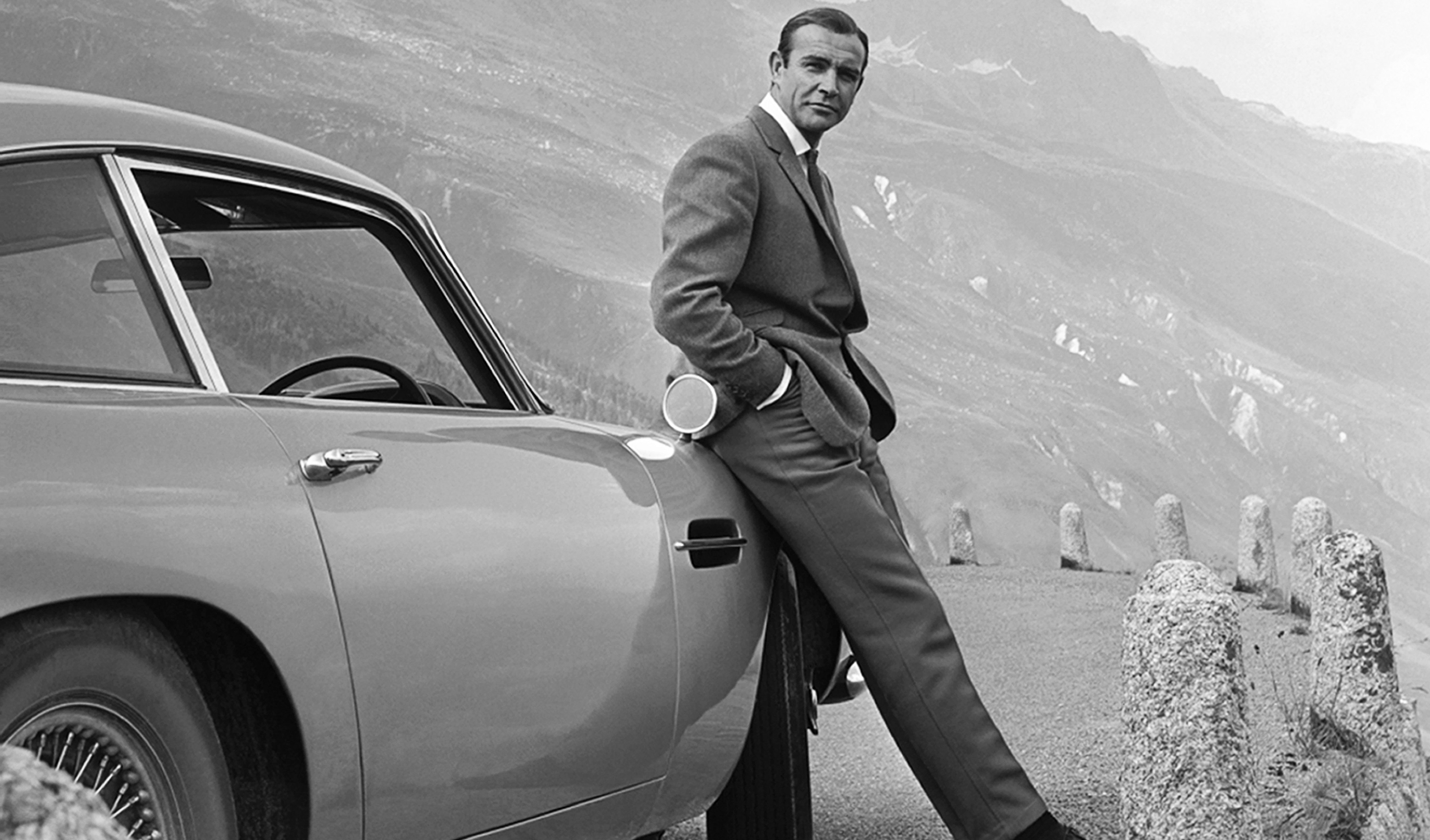 Bond's Aston Martin and Welsh rarebit: Country Life Quiz of the Day, April 10, 2025
Bond's Aston Martin and Welsh rarebit: Country Life Quiz of the Day, April 10, 2025Thursday's quiz celebrates pedestrian crossings and tests your language skills.
By Toby Keel
-
 Scary sharks, the T-Rex and fabulous city views: Country Life Quiz of the Day, April 9, 2025
Scary sharks, the T-Rex and fabulous city views: Country Life Quiz of the Day, April 9, 2025Wednesday's quiz takes in restaurants, beautiful cities and more.
By Toby Keel
-
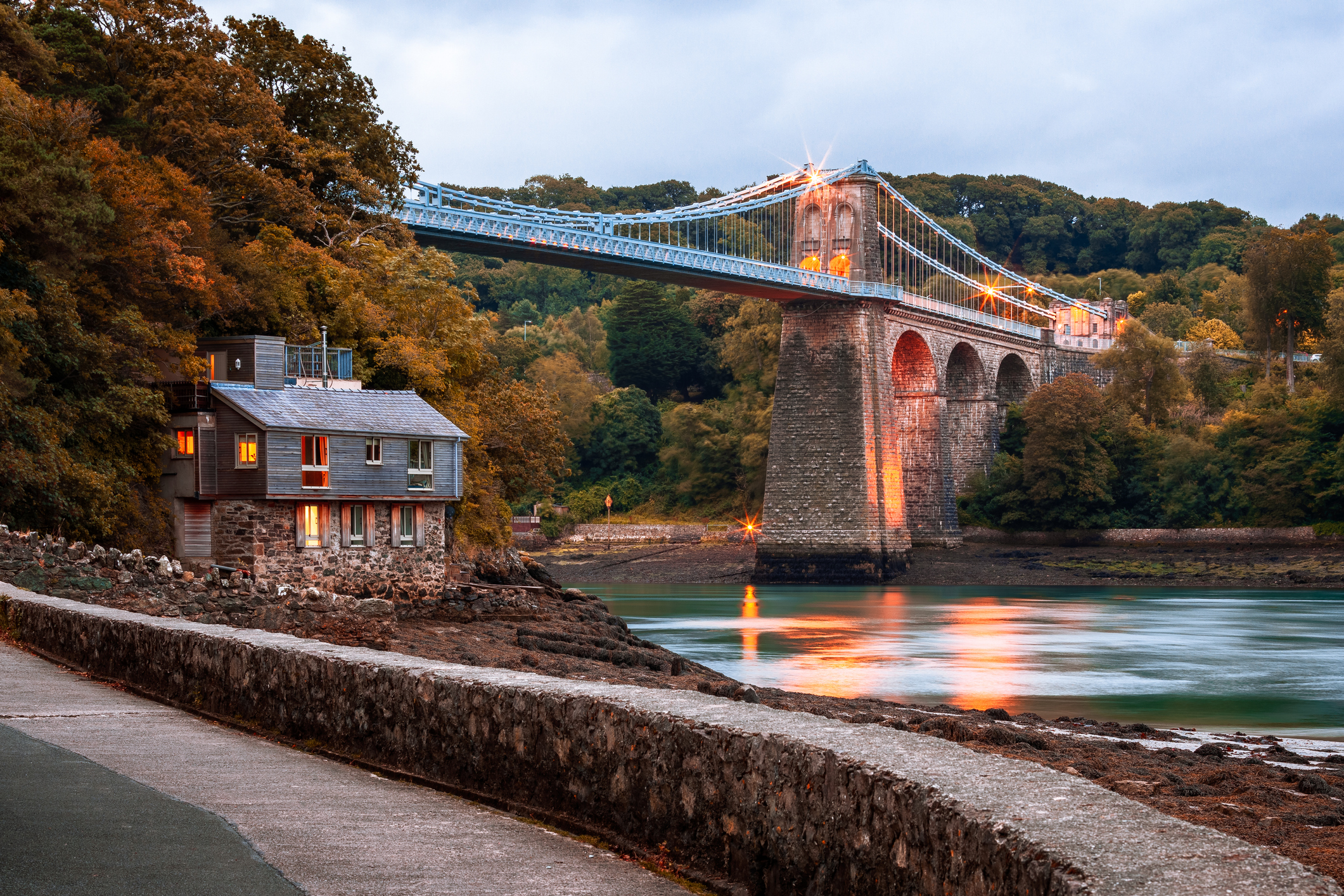 The beautiful island bridge, an otter's life and Churchill's TXT speech: Country Life Quiz of the Day, April 8, 2025
The beautiful island bridge, an otter's life and Churchill's TXT speech: Country Life Quiz of the Day, April 8, 2025Tuesday's quiz takes in cricket pitches, frittatas and more.
By Toby Keel
-
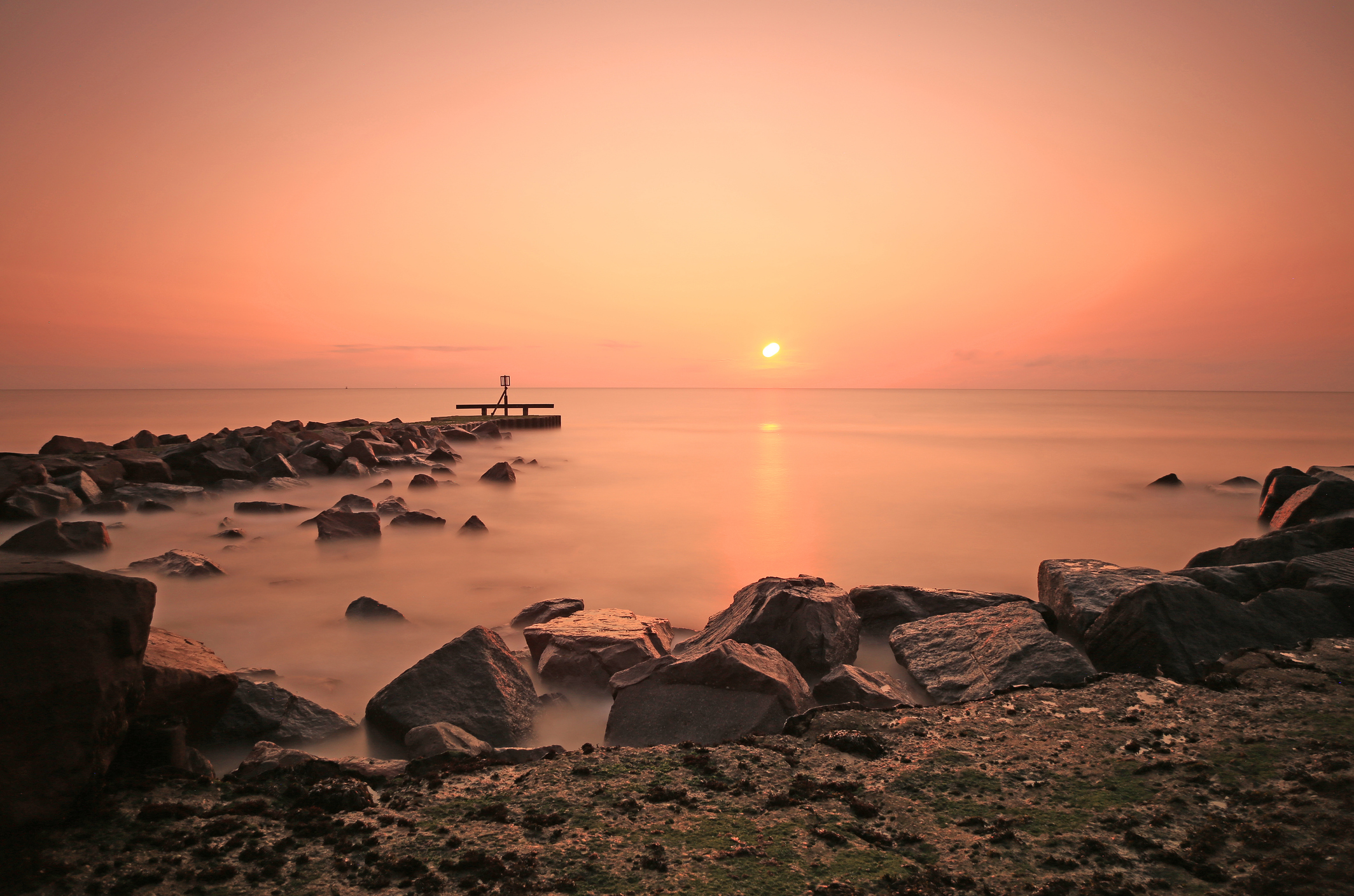 An architectural masterpiece, frog eyelids and Wordsworth's house: Country Life Quiz of the Day, April 7, 2025
An architectural masterpiece, frog eyelids and Wordsworth's house: Country Life Quiz of the Day, April 7, 2025Plus the longest bridge in Europe, all in Monday's quiz.
By Toby Keel
-
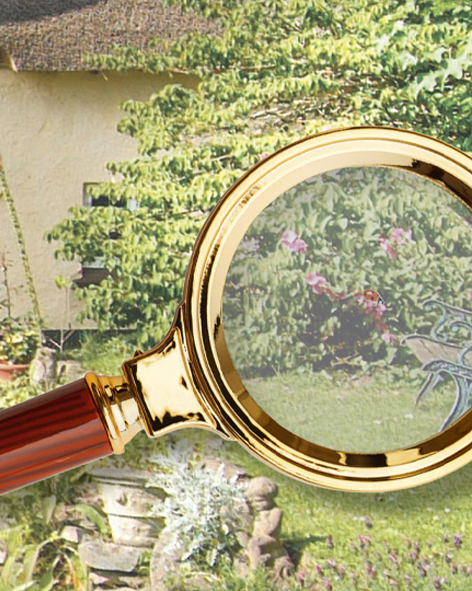 Hold the front page: How to find the ladybird hiding on this week's Country Life cover
Hold the front page: How to find the ladybird hiding on this week's Country Life coverDid you struggle to find the ladybird on this week's Country Life front cover? You weren't the only one.
By Rosie Paterson
-
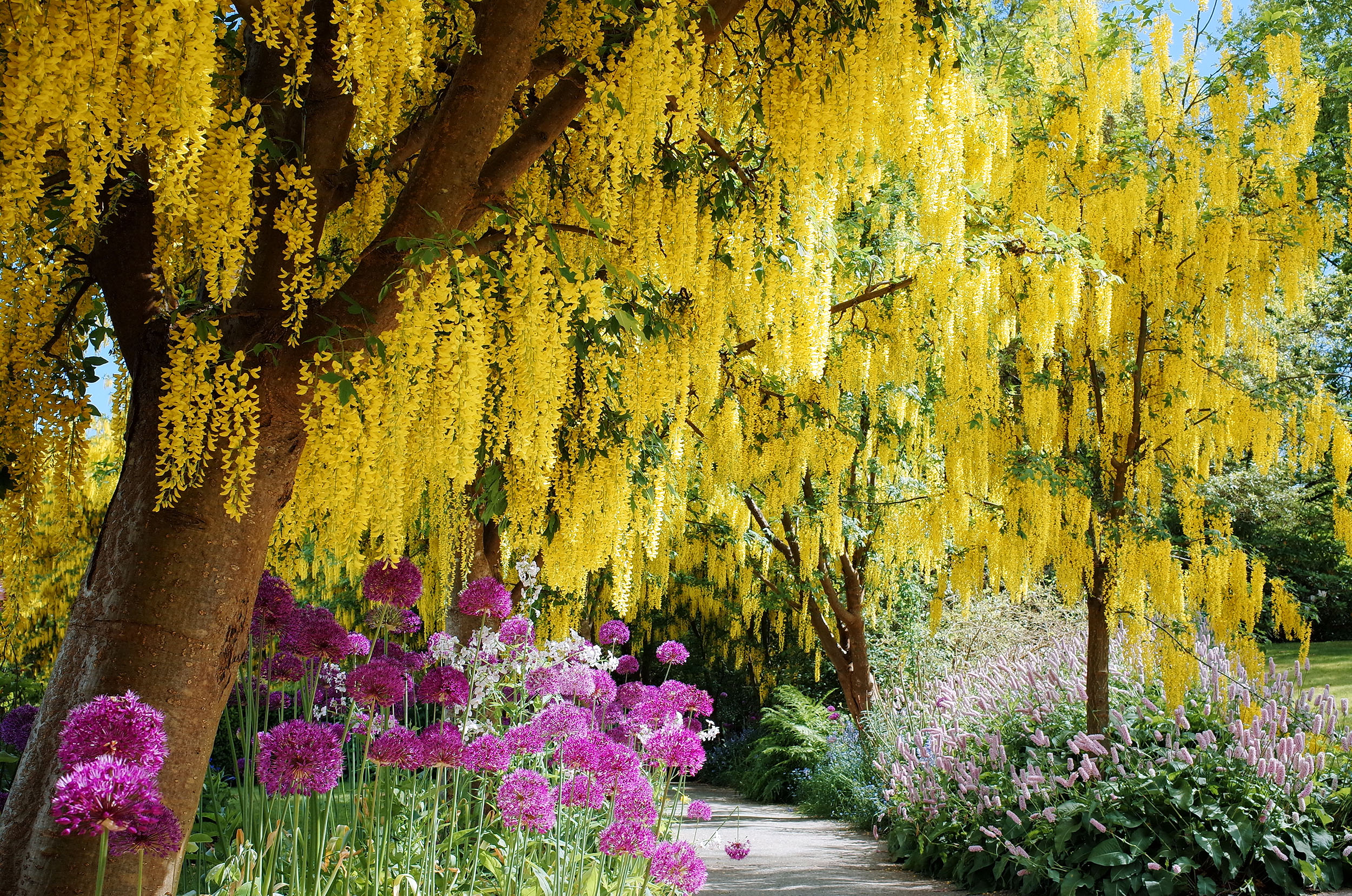 The poisonous tree lighting up your garden, and name that Farrow & Ball colour: Country Life Quiz of the Day, April 4, 2025
The poisonous tree lighting up your garden, and name that Farrow & Ball colour: Country Life Quiz of the Day, April 4, 2025Plus classic children's literature and one of Europe's most beautiful cities in Friday's quiz.
By Toby Keel